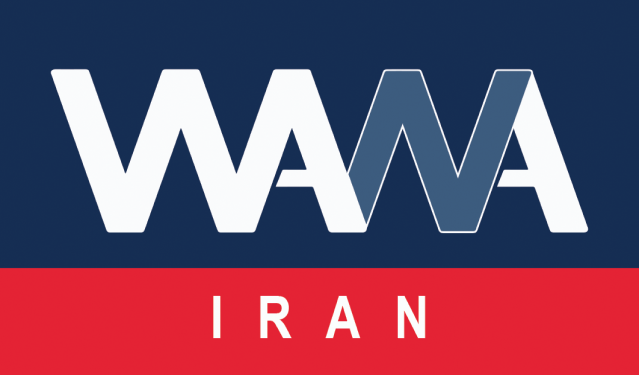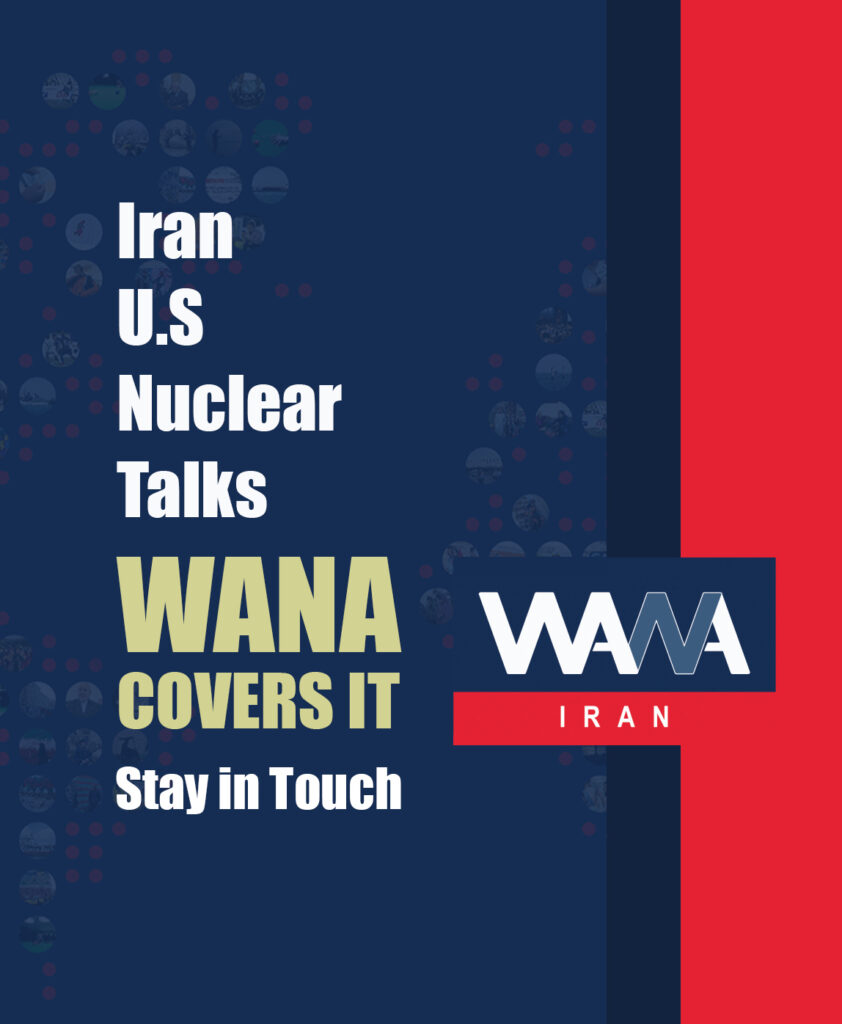Rumors About Iran Building Stadiums in Iraq, Syria, and Lebanon
WANA (Feb 01) – Ali Daei, a well-known Iranian and Asian footballer who aligned himself with opposition movements during the 2022 unrest in Iran, recently claimed: “Management is not about going to Iraq, Syria, Lebanon, and other places to build stadiums so that some officials can put it in their résumés that they built a stadium in Iraq—where, in the same stadium, the Iranian national team gets insulted.”
Ali Daei has previously made claims that he has failed to substantiate, and at times, he has admitted that he made certain statements under the influence of the prevailing atmosphere.
For instance, in the fall of 2022, he alleged that “Esra Panahi,” a teenage girl from Ardabil, had been killed during street protests. This claim sparked significant reactions, but official sources later confirmed that “Esra Panahi” had died due to heart complications, with no connection to the protests. Despite the official denial, Daei did not retract his statement.
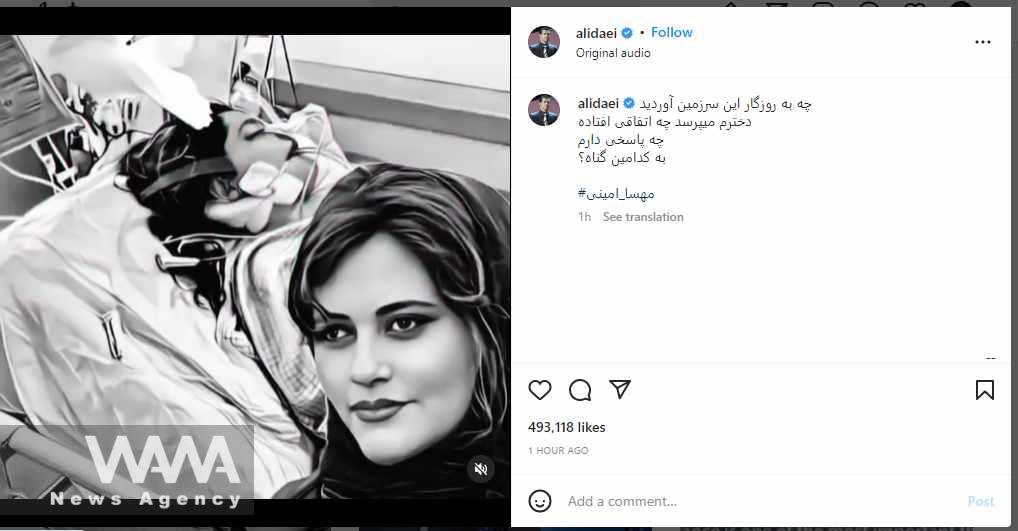
In the case of Mahsa Amini, Ali Daei reacted in a way that later proved to be based on inaccurate information. / WANA News Agency
Additionally, following the victories of Iran’s national beach soccer and Greco-Roman wrestling teams, Daei posted on Instagram, fueling rumors about his alleged arrest by the Iranian government. Some media outlets and social media users interpreted the post as a protest against the country’s situation and a sign of his possible detention. However, these rumors were officially denied, and Daei himself stated that he had not been arrested.
Similarly, in the case of Mahsa Amini, Ali Daei reacted in a way that later proved to be based on inaccurate information.
Examining the Claim
Daei’s recent remarks about Iran constructing stadiums in Iraq, Lebanon, and Syria have sparked widespread reactions in domestic and international media. But has Iran actually built stadiums in these countries?
Investigations reveal that Iran has not built any stadiums in Lebanon or Syria. The only possible reference in Daei’s statement could be to stadiums in Iraq.
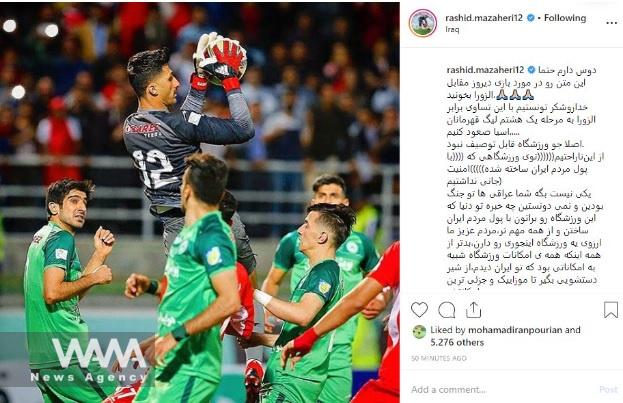
Rashid Mazaheri, the then-goalkeeper of Iran’s Zob Ahan FC, made a claim after a controversial match against an Iraqi team at Madinat Al-Riyadiya Stadium in Karbala / WANA News Agency
This issue has surfaced in sports discussions before. In previous years, Rashid Mazaheri, the then-goalkeeper of Iran’s Zob Ahan FC, made a similar claim after a controversial match against an Iraqi team at Madinat Al-Riyadiya Stadium in Karbala. He wrote on Instagram: “… In a stadium built with Iranian people’s money, we had no security … This stadium was built for you with Iranian money.”
However, Hassan Karimi, CEO of Iran’s Sports Facilities Development and Maintenance Company, emphasized at the time that Iran had no role in constructing the Karbala stadium. He stated: “As the parent company of the Ministry of Sports and Youth, responsible for building large football stadiums, we have had no projects outside Iran, including in Iraq.”
Research indicates that the Karbala Stadium was designed in 2013 and constructed by the Turkish company Bahadır Kul Architecture (BKA). Due to financial difficulties, the project faced multiple interruptions before finally being completed in 2016 with funding from the Iraqi government. According to official reports, Iraq’s Ministry of Sports spent 116 billion Iraqi dinars on the stadium’s construction.
“The company that built the #stadium in #Iraq is a reputable builder that also constructed the Milad Tower, and it has received payment for the stadium’s construction.”
“It is not true that we have built stadiums in #Syria and #Lebanon; it is merely creating a facade.”… pic.twitter.com/ODHLSicG1j— WANA News Agency (@WANAIran) February 1, 2025
The Origin of the Rumor
The speculation may have originated from the involvement of an Iranian company, Boland Payeh, in Iraq’s sports infrastructure projects. This company, which operates in general contracting, has undertaken projects such as the construction of Al-Zawraa and Al-Tajiyat stadiums in Iraq.
According to publicly available information, most of the materials used in these stadiums were sourced from Iran. These projects did not lead to capital outflow from Iran but instead created employment opportunities for Iranian engineers and manufacturers.
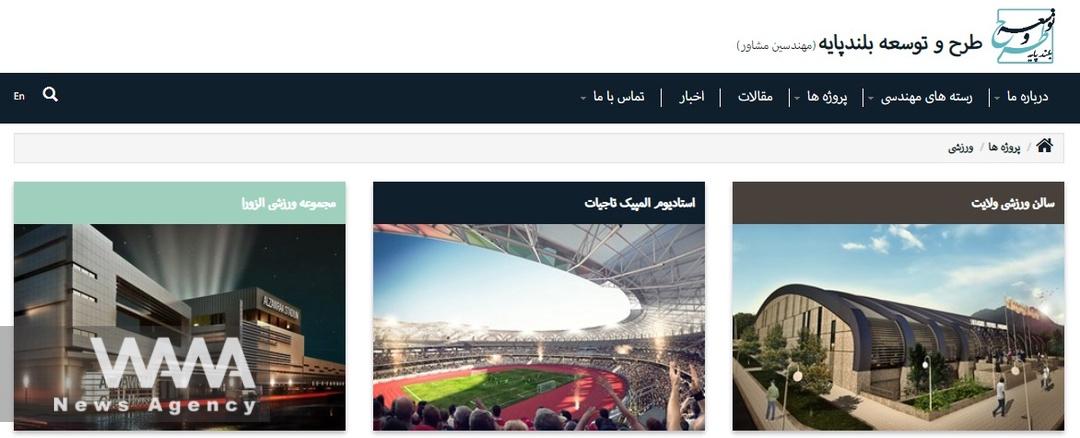
Involvement of an Iranian company, Boland Payeh, in Iraq’s sports infrastructure projects / WANA News Agency
Stadium Construction in Iran
The number of large stadiums built in Iran after the 1979 revolution far exceeds those built before it. The most famous pre-revolution stadium is Azadi Stadium in Tehran, constructed over 50 years ago.
Over the past two decades, several modern stadiums have been built across different Iranian provinces, adhering to international standards and utilizing domestic engineering expertise:
Naghsh-e Jahan Stadium (Isfahan)
Capacity: 75,000
Home to Sepahan FC, one of Iran’s most advanced stadiums.
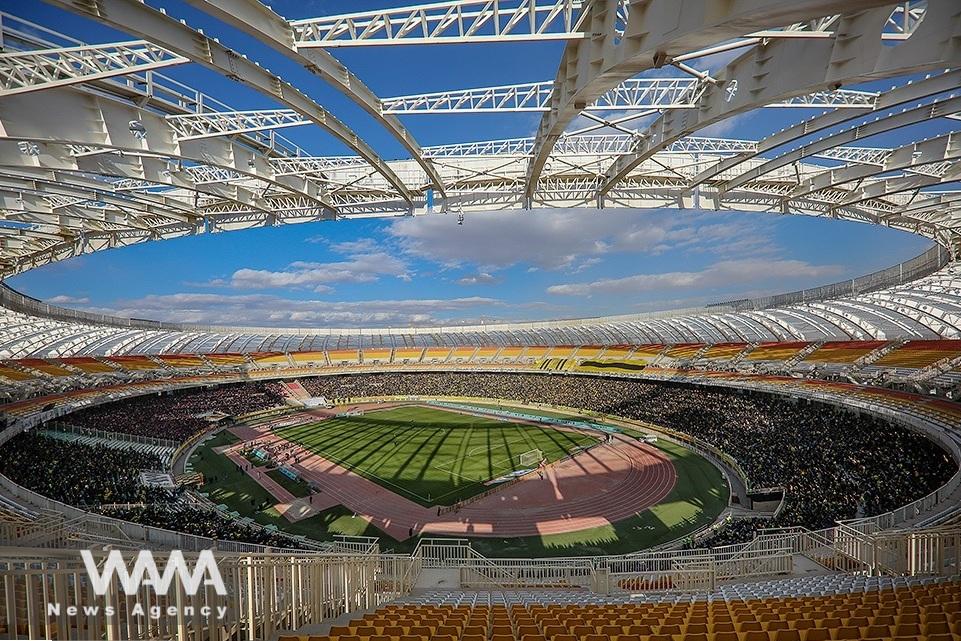
Naghsh-e Jahan Stadium, Isfahan: A Prolonged but Fascinating Project. Social Media . WANA News Agency
Yadegar-e Emam Stadium (Tabriz)
Capacity: 68,833
One of Iran’s largest stadiums, hosting top-tier teams like Tractor FC.

Yadegar-e Emam Stadium, Tabriz: The Heart of Passion and Excitement. Social Media / WANA News Agency
Imam Reza Stadium (Mashhad)
Capacity: 25,000
A modern stadium equipped with cutting-edge technology for major tournaments.
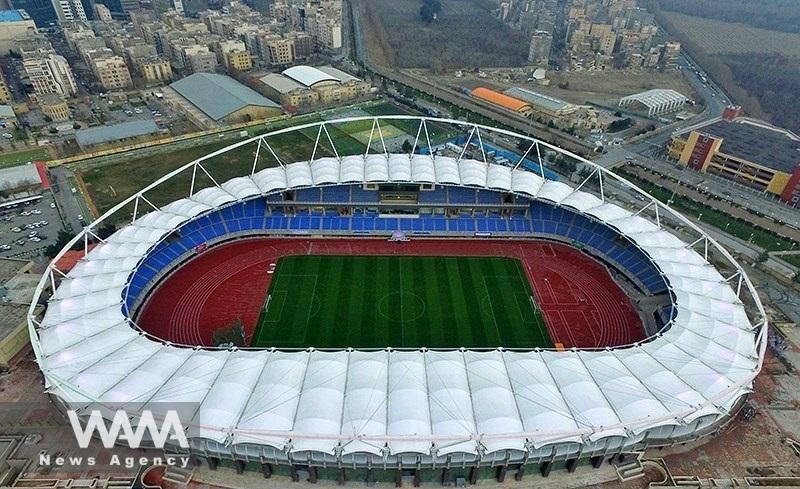
Imam Reza Stadium, Mashhad: Iran’s First Covered Stadium. Social Media / WANA News Agency
Pars Stadium (Shiraz)
Capacity: 50,000+
A multi-purpose sports facility in southern Iran.
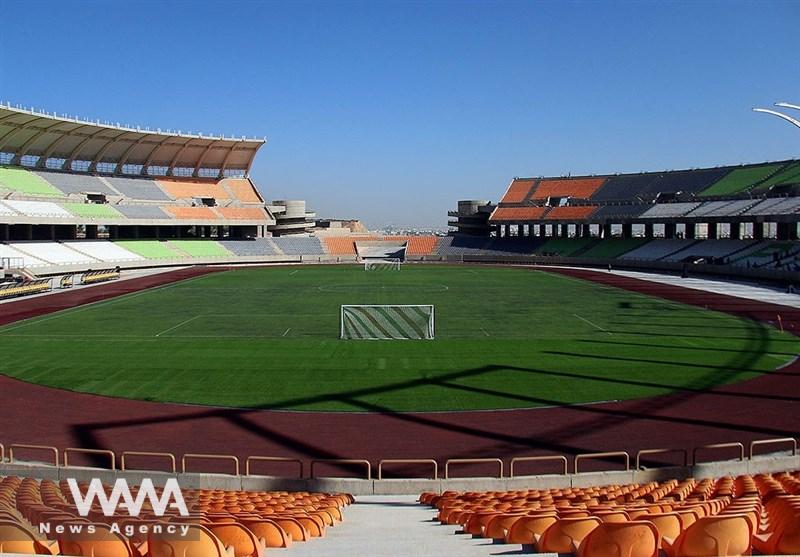
Pars Stadium, Shiraz. Social Media / WANA News Agency
Foolad Arena (Ahvaz)
Capacity: 30,000
Owned by Foolad Khuzestan FC, regarded as one of Iran’s most modern stadiums.
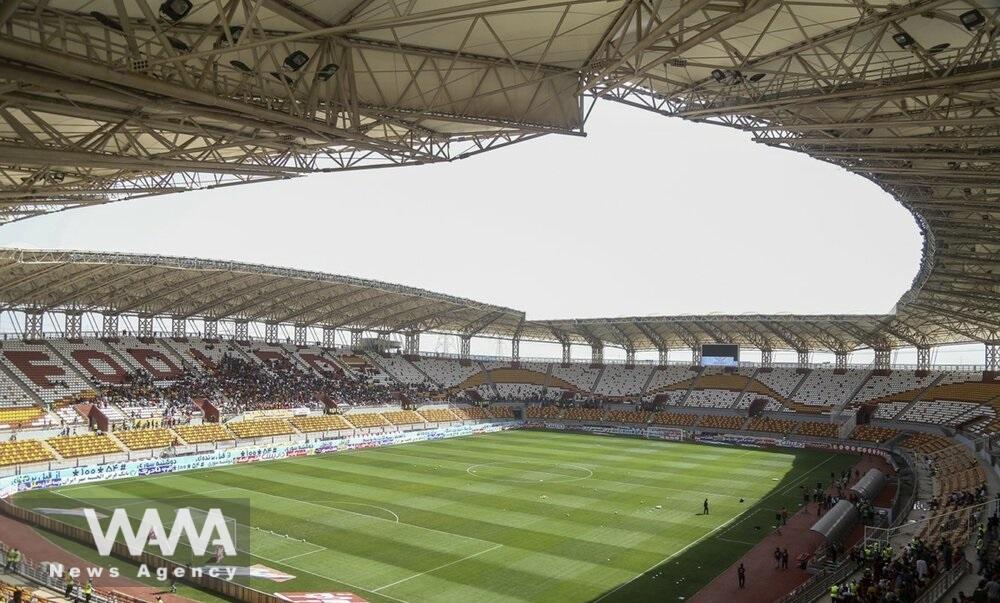
Foolad Arena Stadium in Khuzestan; as modern as European stadiums. Scial Media. WANA News Agency
Shohda-ye Sanat Rafsanjan Stadium (Rafsanjan, Kerman Province)
Capacity: 10,000
Built as a crucial sports infrastructure for the region.
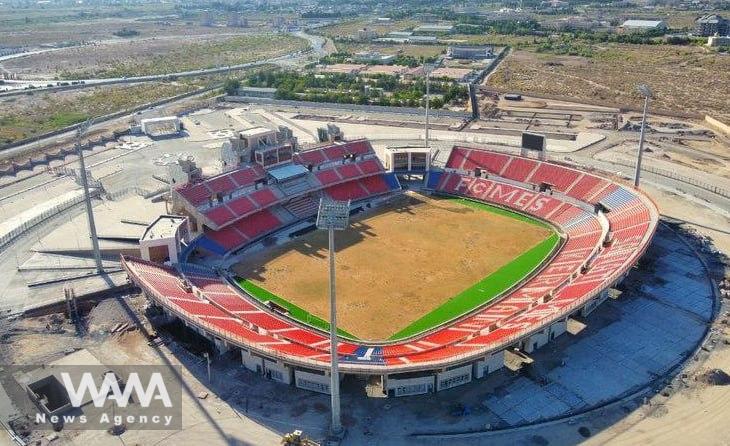
Shohda-ye Sanat Rafsanjan Stadium, Kerman Province. Social Media / WANA News Agency
Lor Arena (Khorramabad, Lorestan – under final construction phase)
Capacity: 23,000
Designed to enhance the region’s sports infrastructure.
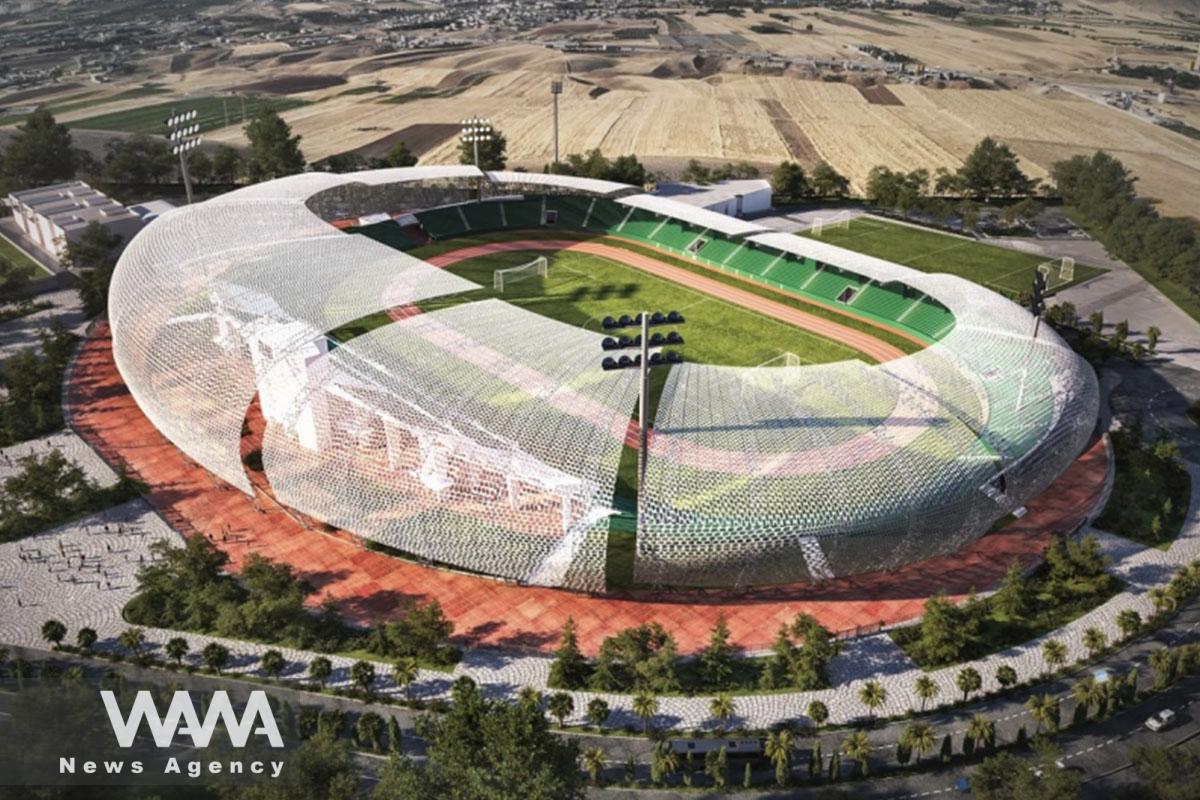
Lor Arena Stadium, Khorramabad (In Final Stages of Construction). Social Media / WANA News Agency
Most of these stadiums are designed for international competitions, strategically distributed across Iran to decentralize facilities from the capital. This distribution promotes elite sports development, talent scouting across provinces, and provides state-of-the-art venues for global events.
